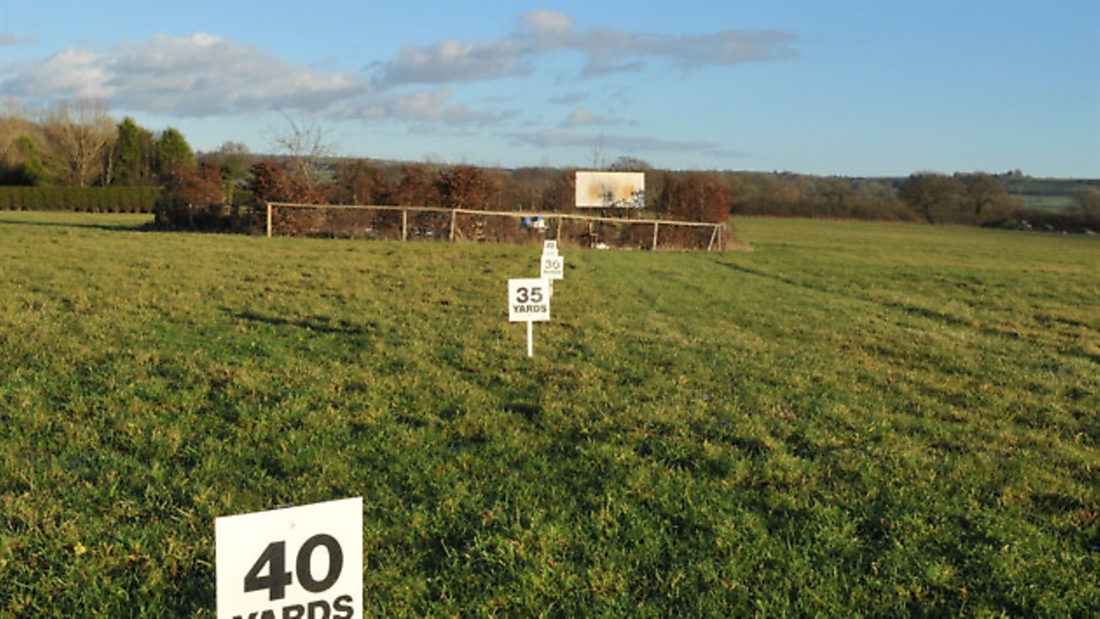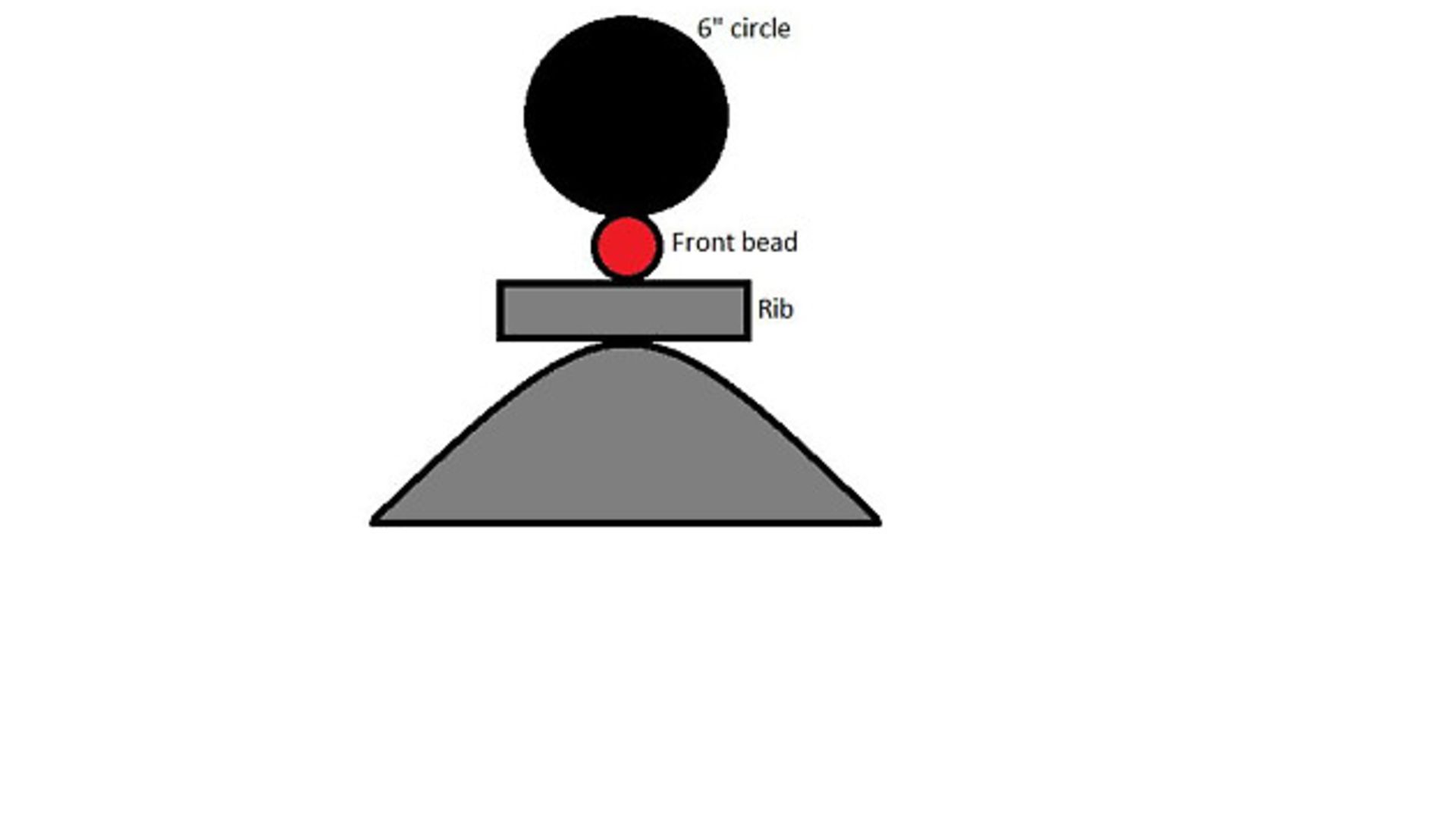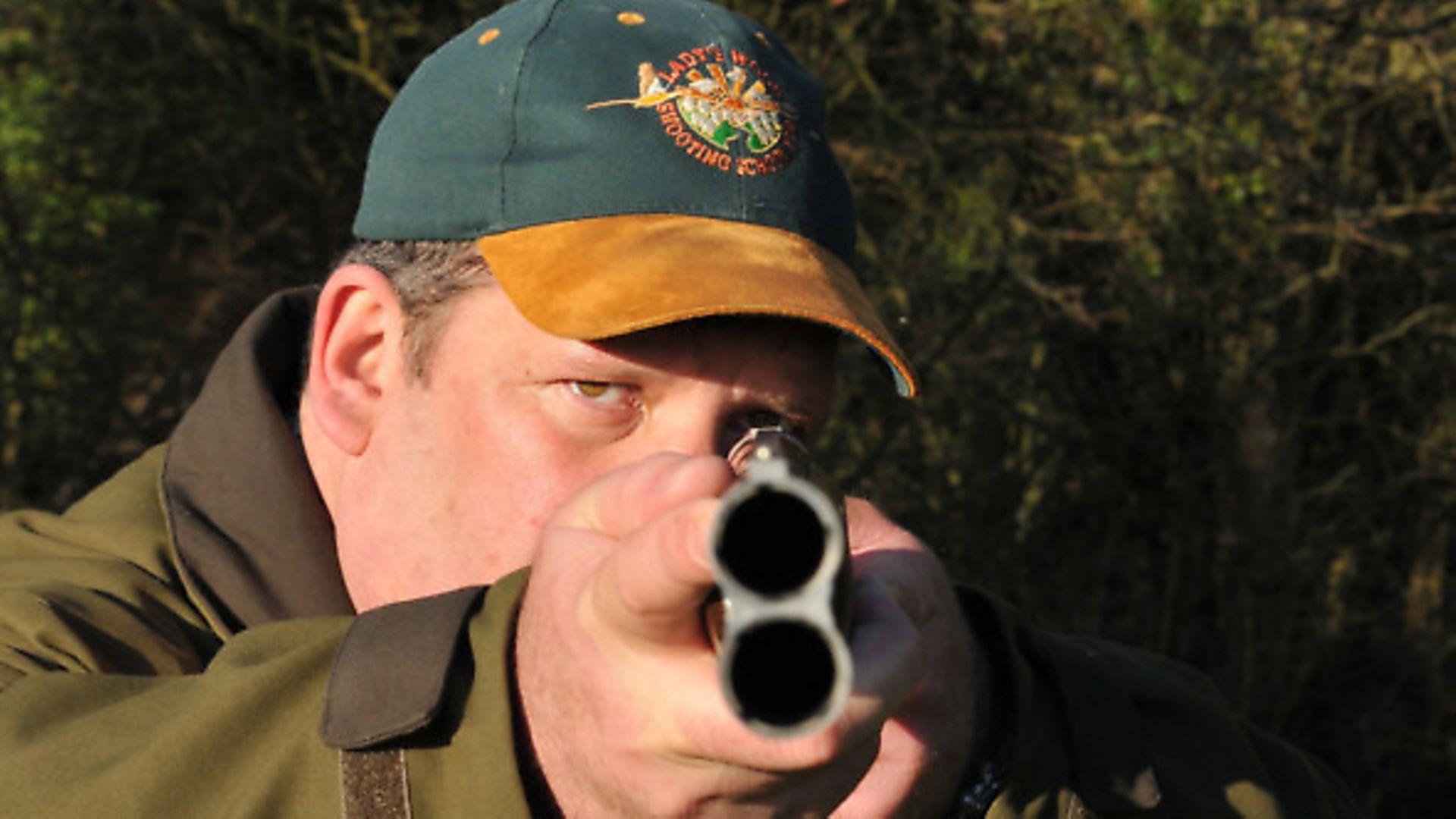Technique – patterning your gun

Learn how to pattern your gun with Will Edwards – discover if it is shooting straight, which choke/cartridge combination works best, and when to call a gunsmith
I have spent time fine tuning my gun to shoot at its absolute best. I’ve made sure it fits me correctly, which has involved some minor tweaks and adjustments to the stock, and the next step was to pattern plate test the gun to ensure it shoots straight to my desired point of impact – placing the pattern about 60% above and 40% below its intended target.
The reason I’ve gone to all this effort is to take the gun out of the equation – if I shoot badly I want to know that I am at fault, not the gun. The pattern plate is going to cover several issues at once by fine tuning your gun fit, point of impact and how your chokes/cartridges perform.
Most pattern plates will be fairly large, and hopefully have markers from 20 out to 40 yards, so you can test at various ranges. There will normally be some whitewash for you to paint over the plate so can start with a blank canvas, or some pre-printed cardboard pattern sheets.
To test the gun is shooting straight after being fitted I would shoot from about 25 yards, due to the density of shot at this relatively short range, and insert a full or ¾ choke.
When patterning your shotgun there are a few things to consider:
• Always wear shooting glasses and never use steel shot on a metal pattern plate due to the possibility of ricochet. After firing, always make sure your gun is empty and safe before walking up to examine the results.
• Set the target up according to your height. Your gun must be fired exactly horizontally… if you’re having to fire up or down your results will be useless.
• Put a 6” dot in the centre of the pattern paper. It looks big close up, but it will be very small from 40 yards. To make sure you don’t get confused later, draw a horizontal line through the circle and indicate ‘top’ and ‘bottom’ on the target.
• Line up very carefully with the 6” circle resting on top of the front bead. Be as precise as possible. You MUST keep your rib keep your rib absolutely level front to rear. If you are seeing any rib other than a single flat surface it will make the results almost entirely useless (you will shoot too high). Keep your gun totally level from left to right too. Canting your shotgun can affect the pattern position on the target. If you are shooting mostly for POI (Point of Impact of the centre of your pattern) then use a tighter choke, as this makes it easier to determine the centre of your pattern.
• Shoot the target, then go up and take it down and put another sheet up. Shoot it again. Twice might be enough, but most experts recommend three or four times, each time on a clean sheet of paper.
• After you have finished shooting take each target off and place it on a table. Judge the centre of the pattern by eye (the densest part), then draw a 30” circle around it using a pencil and a 15” length of string or tape measure. This will usually not be centred on the 6” bullseye (but it might be!).
• To judge cartridge performance you need to count the pellet holes inside the 30” circle you’ve drawn. Find out how many pellets your cartridge contains (look this up, or just open one and count them). Divide the pellet hits inside the 30” circle by the total pellets in the cartridge. This gives you your ‘pattern percentage’ for the choke size you were using and the distance you were shooting from. It will change with different distances and chokes.
• For POI (Point of Impact) compare the centre of the 6” dot with the actual centre of the pattern you shot. Determine the differences in elevation (up and down) and windage (left and right). Your pattern will usually be a bit higher than the centre of the bullseye. Take the average of all the targets you shot to get a more precise result for your POI position.
• If you’re lucky, you’ll discover that your POI is bang on and the gun is shooting where it should. You might find it is shooting low, or to the left for example. If you are off target consistently in the same place then you should seek advice from your gunsmith. If you are shooting off target but not in the same place each time, it would suggest your gun mount is inconsistent and needs work before you get any meaningful results.
• While at the pattern plate try a few different brands of cartridge for both your game and your clay shooting, at ranges up to 40 yards. You might be surprised by the results and discover your perfect choke/cartridge combination.







